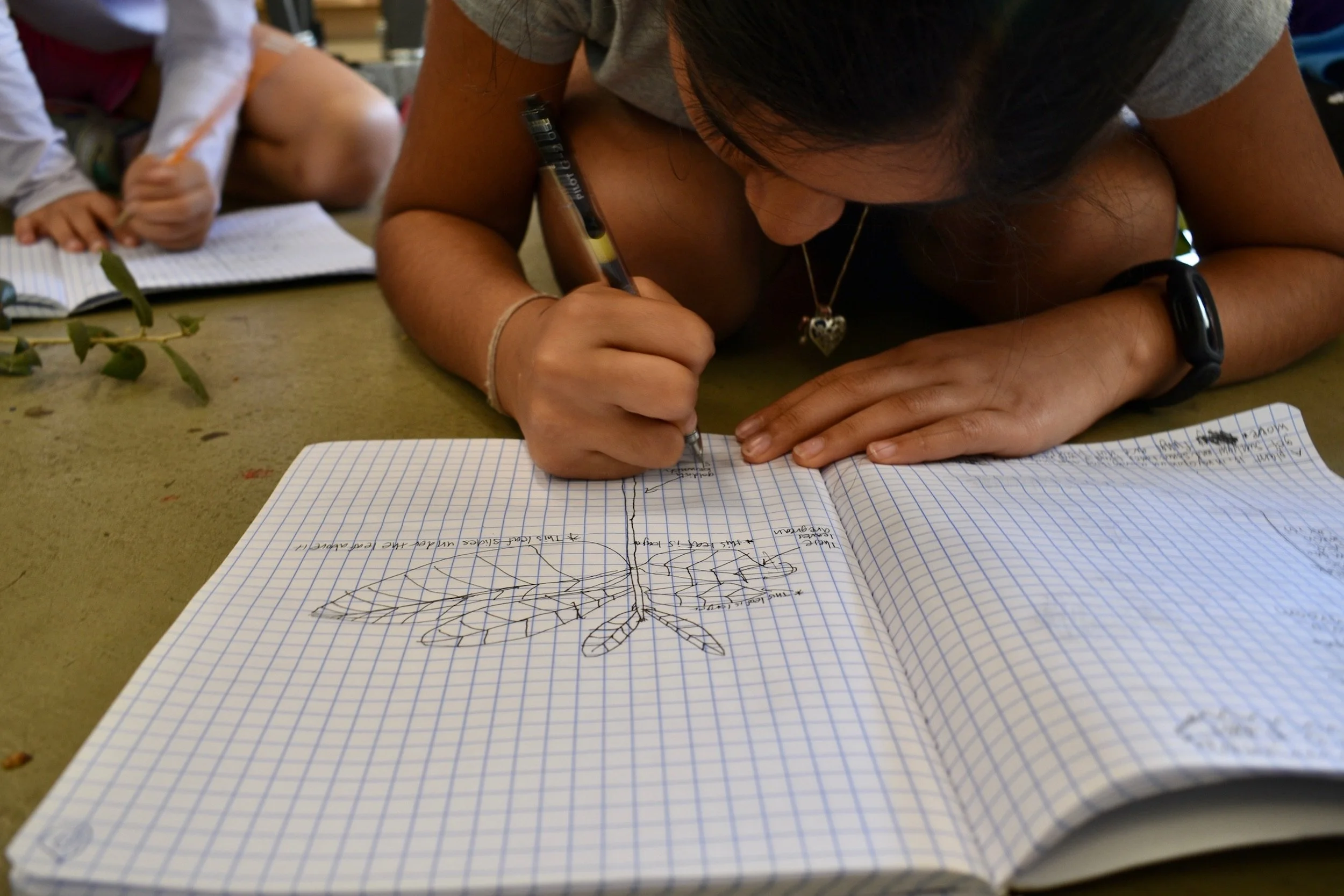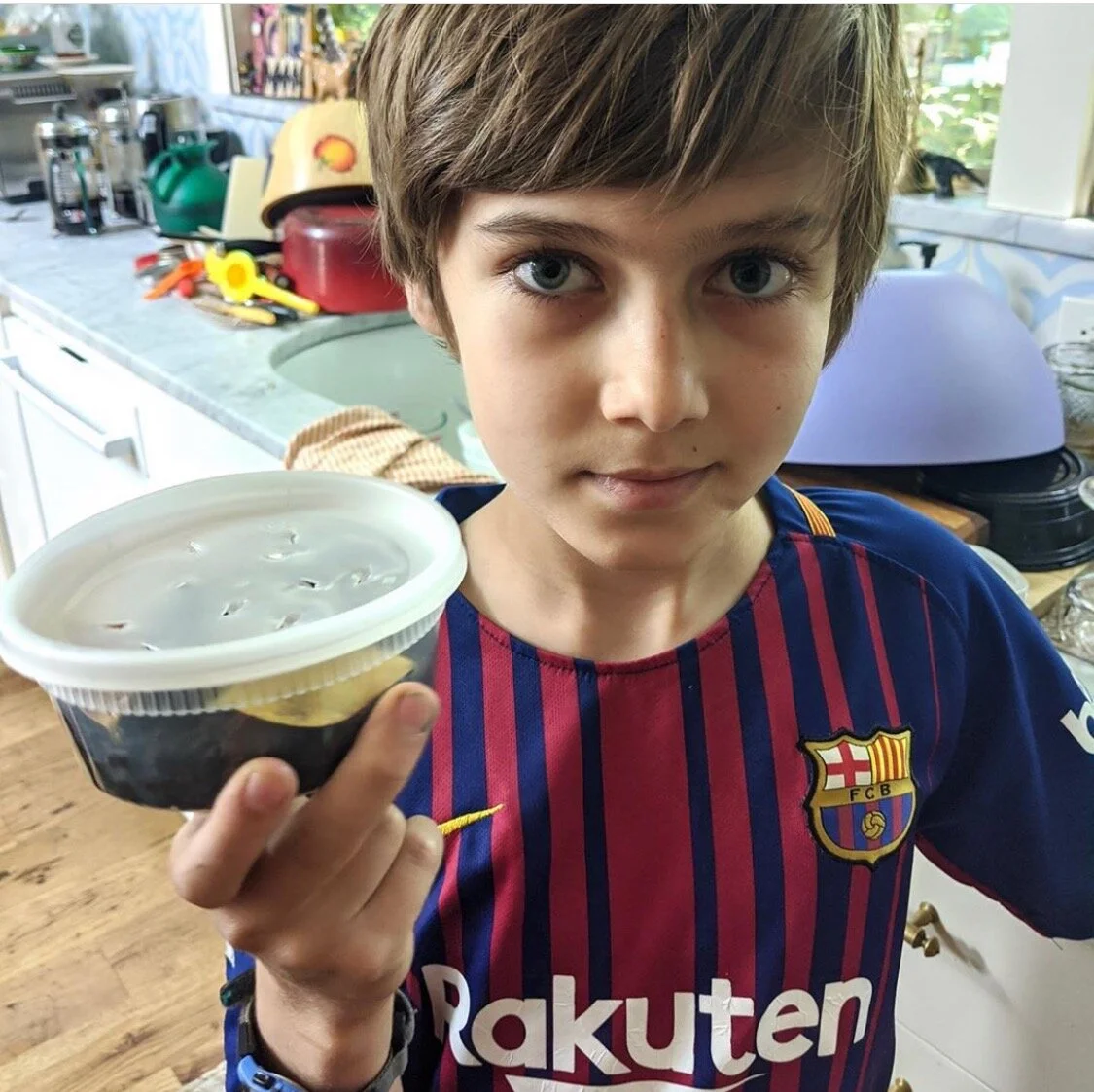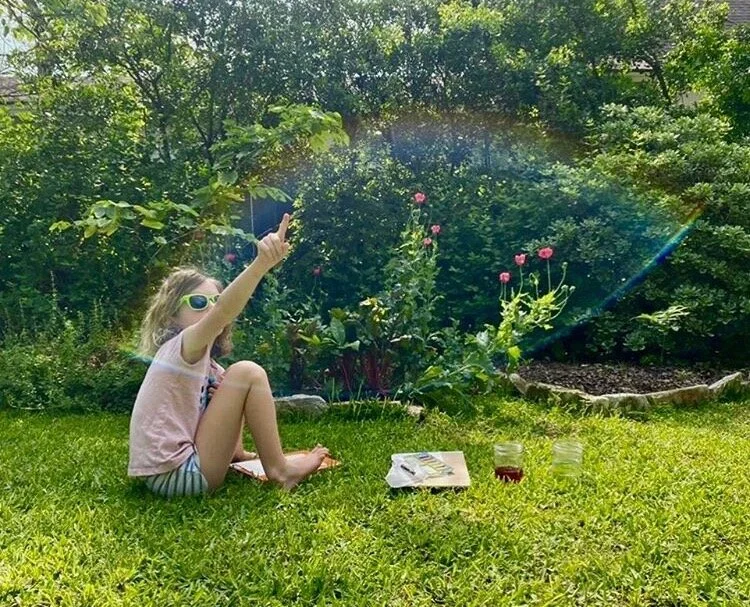This is now the fourth week of Long-View@Home and our three science strands are deepening their work. For Strand 1: Biogeographic Survey, Ms. Swanson gets into the distinction between nature journaling and field guides. Learners are now shifting away from nature journaling (which is how the unit started) to creating field guides that help us identify things in nature. If the kids want to keep up their nature journaling, Ms. Swanson encourages them to do so by studying The Laws Guide To Nature Drawing and Journaling (John Muir Laws). She noted that this book is more focused on the art than the science of nature journaling, but it's a really great tool for any naturalist who wants to build on this skill set….
Read MoreAs schools around the country work to figure out how to support students in learning throughout the rest of the school year, Long-View science teachers have enthusiastically taken on the challenge. They’ve designed a creative and accessible solution to keep kids engaging in the practices of actual scientists, a key goal in the Long-View science program no matter where our learners are. Rather than resorting to worksheets or apps or other inauthentic online options, our young scientists are diving into a study of ecology. What’s the setting? Their backyards, of course! Front yards will do, too, as well as any patch of land or greenery they can find — the point is that kids are studying organisms, the relations to one another and to their physical surroundings, getting outside, and doing authentic science work while engaged in the Backyard Ecology Content Stream….
Read MoreScientists in Cobalt Band are currently engaged in authentic sense-making activities meant to deepen their understanding of magnetic and electric forces, including how these two types of forces relate to each other, and how they are used in everyday devices such as electronic circuits, electromagnets, and motors. The learners are practicing thinking abstractly about the mechanisms that they cannot see that lead to observations such as a light bulb lighting or a magnet repelling the like pole of another magnet. They are starting to build a more robust mental model of the nature of matter, especially around the concepts of atoms and electrons…
Read More



